
I don’t know why, but teaching digraphs in Kindergarten and 1st grade has always been my favorite phonics skill to focus on. There is just something about those tricky digraph h brothers!
When I first began teaching digraphs in first grade, I noticed that my students struggled to hear the difference in the sounds, particularly digraphs ch and sh.
When I moved to Kindergarten, I came up with a trick to teach digraphs that my students don’t forget!
What Are Digraphs?
If you’re asking yourself, “What is a digraph?” right now, you aren’t alone! Digraph is a fancy phonics word for two letters that stick together to make a new sound. Common digraphs include ch, sh, th, wh, ph, and ck.
I begin teaching digraphs after I have taught CVC words. It can be tricky moving into digraphs in kindergarten, because our students are so used to decoding words letter by letter. But that won’t work with digraphs!
When I begin teaching digraphs in kindergarten, I teach my students to look for the chunks. You can even have them highlight the digraphs in words before they read to cue them as they are reading.
How To Teach Digraphs in Kindergarten and 1st Grade
Those digraph h brothers love to trick us, don’t they? But with this tip for introducing digraphs, your students are sure to remember each digraph and their sound.
I begin by introducing ch.
I tell my students, “C and h LOVE to get together. They have the best time! But there’s just one little problem.. when c and h get together, they can’t stop sneezing! When they get too close, they say /ch/!”
My kindergarten students think it is the absolute funniest thing ever to pretend to sneeze when they see ch! Hey, whatever works, right?

We make our sneezy ch pal to help us remember. These digraph crafts are included in my Kindergarten Phonics Unit 4.
Then, we intrude every digraph sh.
Now, when s and h get together, they get a little grumpy. They hear ch sneezing and it just gets on their nerves. So s and h say /shhh/! Pretty soon, they are going around and shushing everyone!

Again, my students just think this is HILARIOUS. The idea of a grumpy digraph!
Now, when my students are writing or we are sorting pictures by sounds, I can prompt them by sneezing or shushing to help them recall the digraph. You can even ask them as they are stretching a word out, “Do you hear a sneeze /ch/ or a shhh?”

Teaching Digraphs th and wh
Teaching digraphs th and wh isn’t nearly as fun, in my opinion, but they still have their own phonics stories.
I Introduce digraph th next. I tell students, “When t and h get together, they can act kind of rude. They are always sticking their tongue out at people and saying /th/!”

We make our digraph th craft to go along with our new phonics sound.
Then, of course, you must introduce digraph wh. We don’t spend as much time on this digraph in Kindergarten, only because we are focused on CCVC and CVCC words and there aren’t very many with digraph wh. Still, it’s a digraph my students need to know as it’s in all of our question words.
When introducing digraph wh, I tell my students, “When w and h get together, they get confused. Neither one of them can remember a thing! So they are always going around asking questions and saying /wh/.”
You can have your students put their palms up like they are confused.

And there you go! The easiest way to teach digraphs that your students will never forget!
Digraphs Activities for Kindergarten
Are you looking for hands on, engaging phonics lessons already completely planned out for you? My Kindergarten phonics curriculum has 180 days of instruction. It is packed full of hands on phonics lessons, crafts, decodable readers, phonics worksheets, and more! You can find it here.
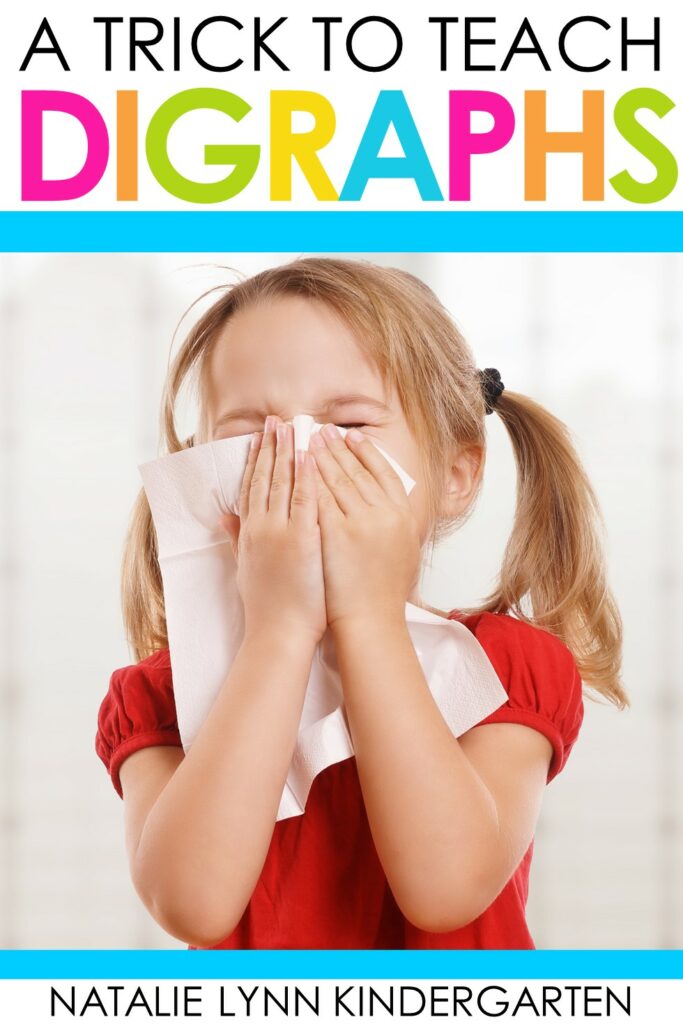


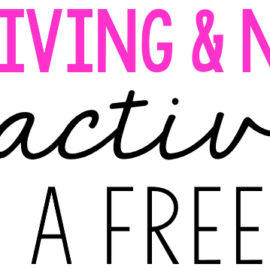

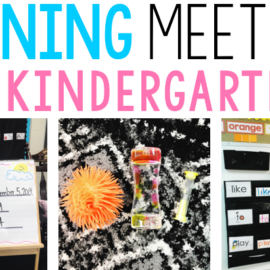

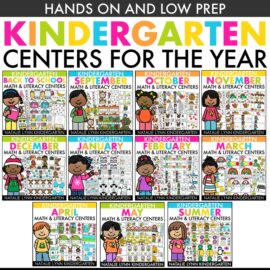
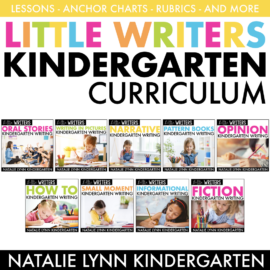
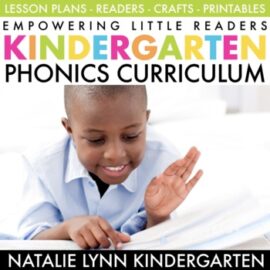
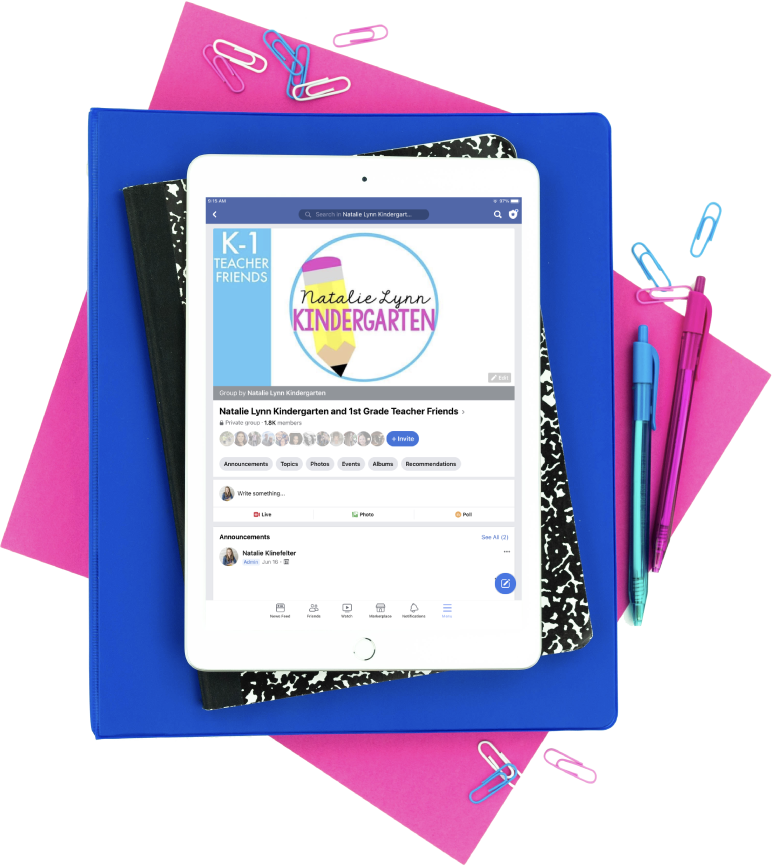

Great ideas for teaching diagraphs. I would like to know what story I can use to teach the diagraph “ph”.
Hoping to hear from you soon
I would say p and h like to have fun when they get together. They’re always laughing! Then make the /f/ sound, but pretend like you are laughing.
There are two sounds of ‘th’. How will you explain the ‘th’ as in ‘the’?
We teach that sound later on; we start with just the unvoiced th sound in kindergarten. When we cover the second sound later, we just explain that the position of the teeth and tongue changes.